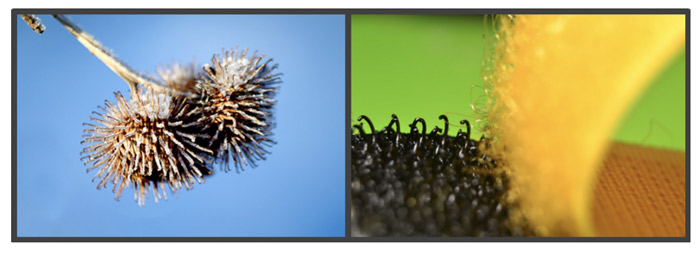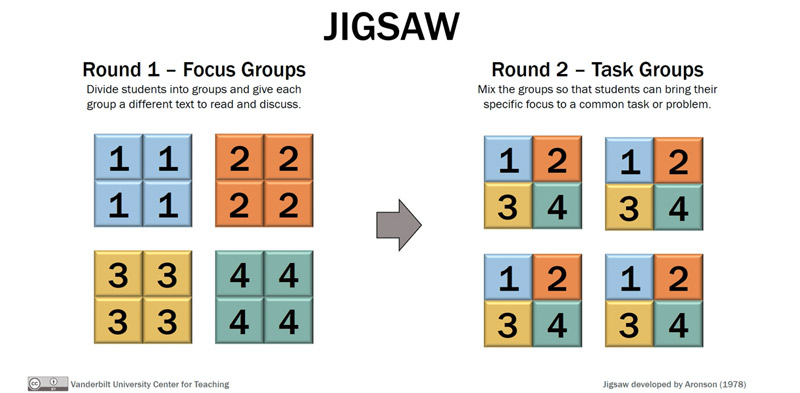Supporting materials
Background and extension activity
Download
Download this article as a PDF

Engaging with biomimetic design encourages students to explore the principles of form and function in relation to evolutionary adaptation.
With students spending so much time on computers, this lesson offers the opportunity to look at nature and get creative. Through thinking about design, students will apply many scientific skills, such as observing, inferring, measuring, experimenting, researching, analyzing data, and forming evidence-based hypotheses, as well as engineering skills, such as design and prototyping. Students will develop their creativity and collaborative skills in this lesson.
Evolution is central to courses in life sciences. When evolution is treated only as a single unit, many students fail to see the connection to evolution as a driving principle. This activity explores evolution and related concepts of natural selection, fitness, and competition through the lens of biomimicry. It also is an excellent topic to reinforce themes such as ‘form and function’, to describe the relationship between adaptations and ecological niches, with parallels to biomimicry through design.
This activity introduces students to the concept of biomimicry through an inductive approach, in which they construct a definition from examples. It is preferable not to have the class share their initial definitions, but instead let it be a personal development. This activity lasts 10–15 minutes.

This activity encourages students to think about biomimicry solutions with action cards as prompts. Action cards include movement, waste removal, cleaning, filtering, adhesion (see example below), communication, carbon storage, and water flow. This activity requires 15–30 minutes.

During this phase, students will apply their understandings of principle biological concepts of adaptation, evolution, form, and function to the concept of biomimicry through a design challenge assigned by the teacher. This activity requires 45 minutes.
After the lesson, have a discussion with students based on the following three reflection questions:
Depending on time constraints or the level of the students, this activity can be done with one specific design challenge for the whole class, different challenges for different groups, or no specific challenge is provided and the assignment is open-ended. When the entire class has the same challenge, you can structure the activity more and provide specific resources and examples to help students. However, allowing students to pick their own challenge adds a motivational factor by allowing choice.
There are also other modifications and extensions, such as allowing students to build physical models, time permitting. Additionally, using a jigsaw debrief method (see below for a summary) can increase student accountability and participation during presentations of designs. See the additional resources for more details.

The presentation of the Biomimicry’ topic in this article is useful to understand interconnections between pure science and applied science. The text contains different innovative ideas for High School classes work, observations and reflections about the relationship between form and function of different living and not leaving structures, also realizing scientific image education. The article proposes analytical sections for teachers and dynamic and interactive sections for students that allows the teachers to design didactic learning by doing activities for groups of High school students that have knowledge of basic elements of chemistry and biology, analyzing some historical aspects of technological discoveries and inventions. In the itinerary of this article, the old science is interconnected with new biology and chemistry science, important aspects to realize in an innovative way systematic learning methodology with contamination between different disciplines and to realize modern teaching activities working also about Energy, sustainability and ecological concepts for environmental education. Innovative and engaging STEM activities of this article could be used at different levels of complexity by science teachers also to project original didactic itineraries about water and to project cultural itineraries about cycles of matters with interesting interdisciplinary approaches.